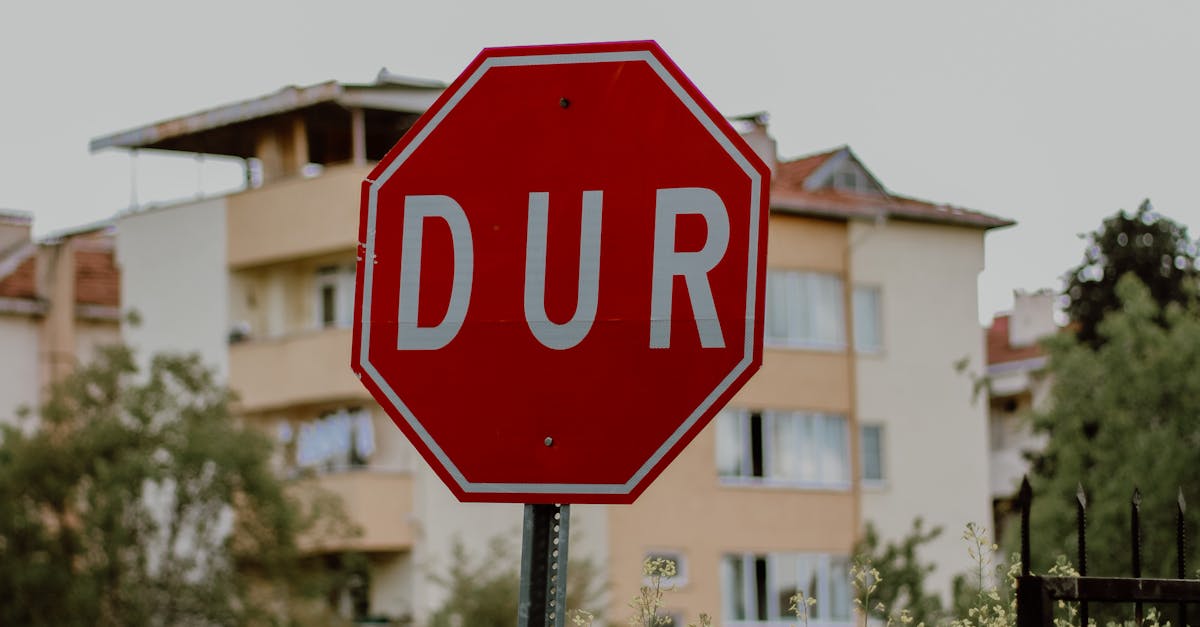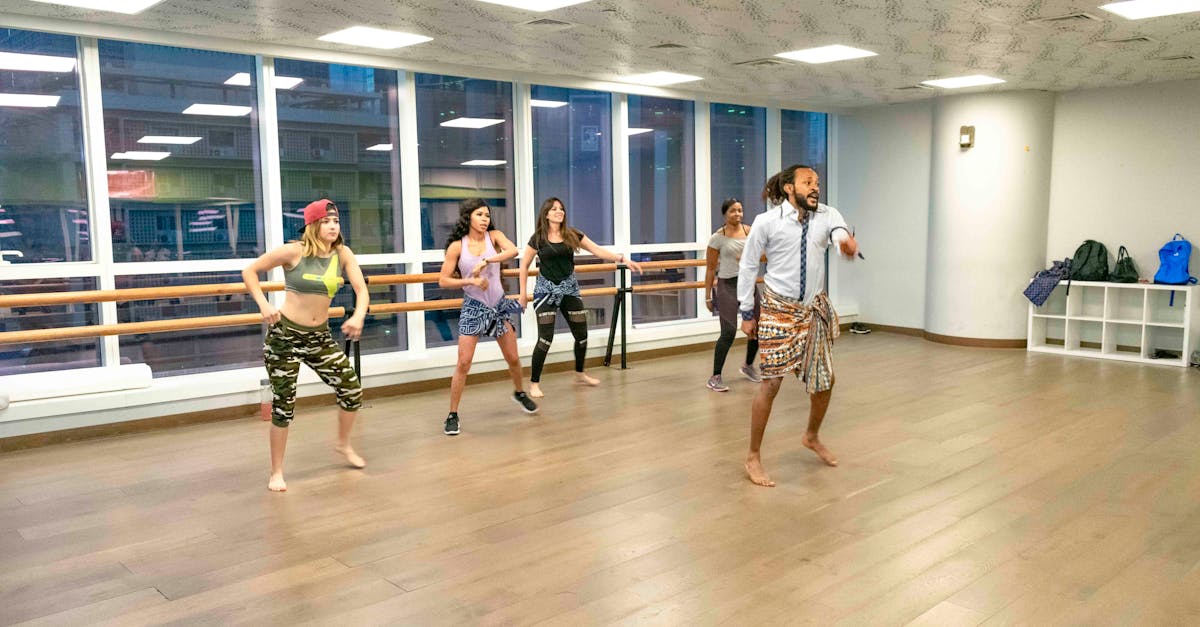
How To Say What In Sign Language - Sign Language
- October 14, 2024
- 3 min Read
- Views 301
How to Say What in Sign Language - Sign Language
For anyone diving into the rich world of sign language, one might wonder how to convey specific words, like "what." Whether you are learning American Sign Language (ASL) or another variant, it's crucial to understand how various expressions are translated into signs. This article delves into the intricacies of how to say what in sign language, ensuring you gain clarity and confidence in your sign language communications.
Understanding the Basics of Sign Language
Sign language is a visual means of communication that is used primarily by deaf and hard-of-hearing individuals. It involves the use of hand gestures, facial expressions, and body language. American Sign Language (ASL) is one of the most commonly used forms in the United States and many parts of Canada. Before teaching you how to say the word 'what,' it's essential to grasp the fundamentals of sign language as they form the building blocks for more complex communications.
How to Say What in Sign Language
When you think about how to say what in sign language, your mind might first go toward fingerspelling. However, there's actually a specific gesture that encapsulates the question "what?" In ASL, you express the question 'what' by extending both hands out in front of you with palms facing upwards. The fingers should be slightly apart, and then you move your hands from side to side gently.
It’s vital to pair this gesture with appropriate facial expressions. Raising your eyebrows while executing the sign will denote a questioning look, making it clear that you are asking a question. This combination of gesture and facial expression is what makes the sign both effective and understandable.
Common Mistakes and Variations
Learning how to say what in sign language involves understanding the nuances and avoiding common pitfalls. One frequent error is neglecting the use of facial expressions, which are crucial in ASL for conveying questions and emotions. Additionally, ensure your movements are not too rigid or too fluid; they should be natural and confident.
There are also variations depending on the region and the specific subset of sign language being used. While ASL has its standard for "what," other types of sign languages, like British Sign Language (BSL) or Australian Sign Language (Auslan), might have different gestures. It's always beneficial to learn the regional differences if you intend to communicate in diverse signing communities.
Guide Steps
- Face the person you are communicating with, ensuring you have their attention.
- Extend your hands in front of you, with palms facing up and fingers apart.
- Move your hands gently from side to side as you raise your eyebrows slightly to indicate questioning.
- Maintain eye contact and observe the other person's response or clarification if needed.
Frequently Asked Questions (FAQ)
Q: How important are facial expressions in sign language?
A: Facial expressions are crucial as they provide context and can determine whether a statement is a question or a declaration.
Q: Can sign language vary between countries?
A: Yes, sign language can vary significantly between countries. ASL is different from BSL (British Sign Language) or Auslan (Australian Sign Language).
Q: Is it necessary to learn about regional sign languages?
A: If you plan to communicate with people from different regions, understanding regional sign languages can immensely help in communication.
Tags
Sign Language, American Sign Language, How to Say What, ASL Basics, Communication, Deaf Community
References
People Also View
-
1October 02, 2024
-
2October 01, 2024
-
3October 09, 2024
-
4October 01, 2024
-
5October 03, 2024
Categories
- Near Me 2147 Posts
- How To 548 Posts
- Where To 257 Posts
- Why 90 Posts
- How Much 97 Posts
- Travel 202 Posts
- Food And Drink 815 Posts
- Shopping 797 Posts
- Lifestyle 1050 Posts
- Automotive 364 Posts
- Digital Income 70 Posts








